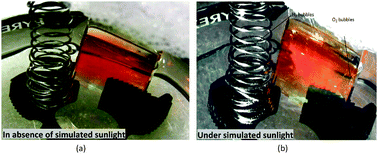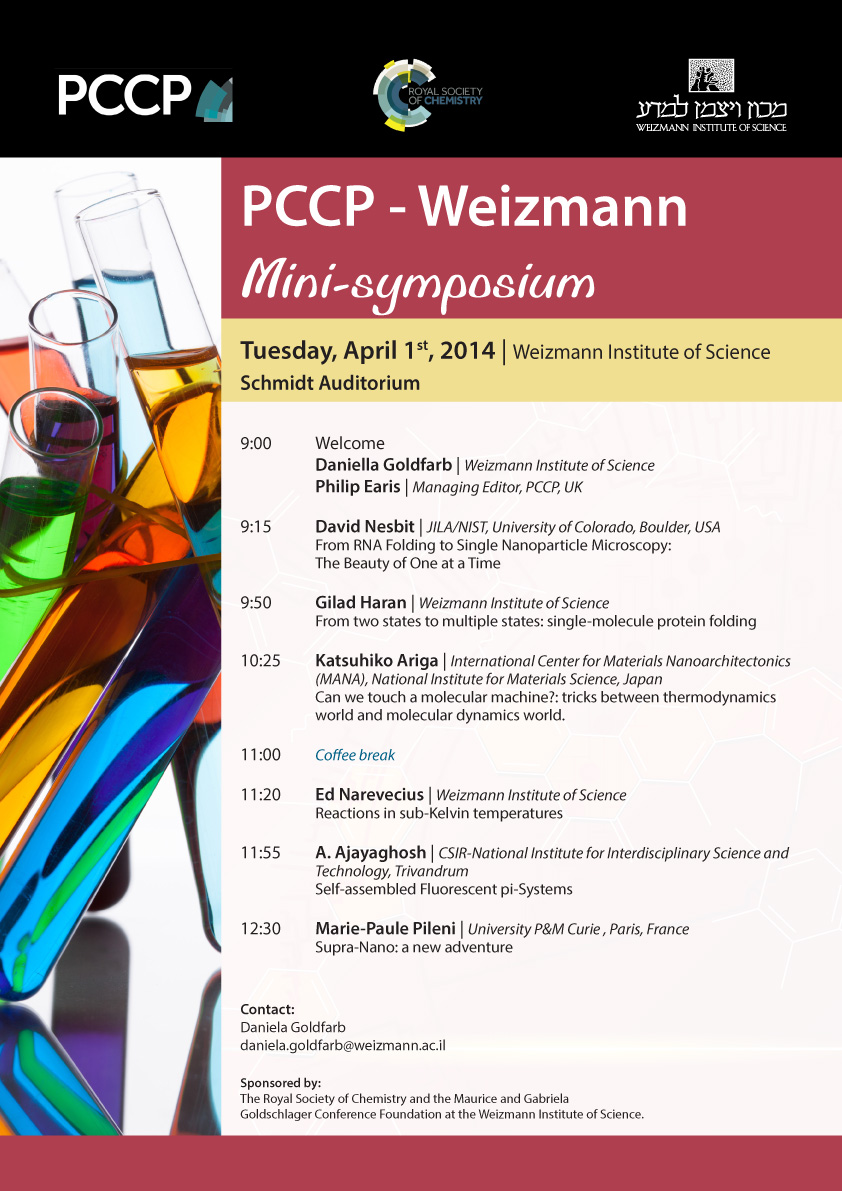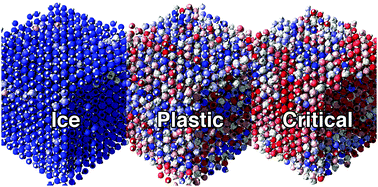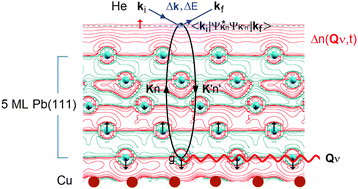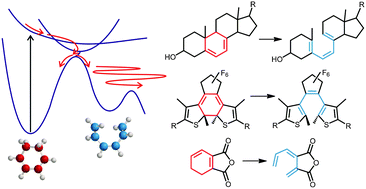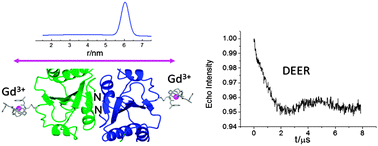It is a problem that everybody is familiar with; the increasing levels of carbon dioxide present in the atmosphere as a direct consequence of the industrial activity of humanity are contributing to climate change. New carbon capture technologies are therefore big business and big politics, with enormous quantities of time, money and rhetoric devoted to the subject the world over. There is an expectation that scientists will somehow save the human population from itself, preferably quickly, safely, cheaply and without the general populace having to radically alter their lifestyles.
Whilst I’m not necessarily saying they’ve found the answer, Sun and co-workers have certainly hit on an idea that merits further exploration with their study of solid boron as a new candidate for carbon dioxide capture. Their calculations predict that the amphoteric nature of certain boron allotropes means that they will spontaneously form strong Lewis acid-base interactions with multiple carbon dioxide molecules per individual boron structure.
I’m sure that there are plenty of researchers out there who could experimentally verify the predictions of this computational study (which the authors state was motivated by the desire for somebody to do just that) and develop their findings to the potential benefit of the entire planet.
The only question, surely, is who will get there first?
By Victoria Parkes
Are you up for the challenge? Read the full details of this PCCP article now:
A computational study of carbon dioxide adsorption on solid boron
Qiao Sun, Meng Wang, Zhen Li, Aijun Du and Debra J Searles
DOI: 10.1039/C4CP00044G
t
If you enjoyed this, you may also be interested in our Faraday Discussion on Carbon Dioxide Utilisation which will take place in Sheffield in 2015 – find out more on the website.












